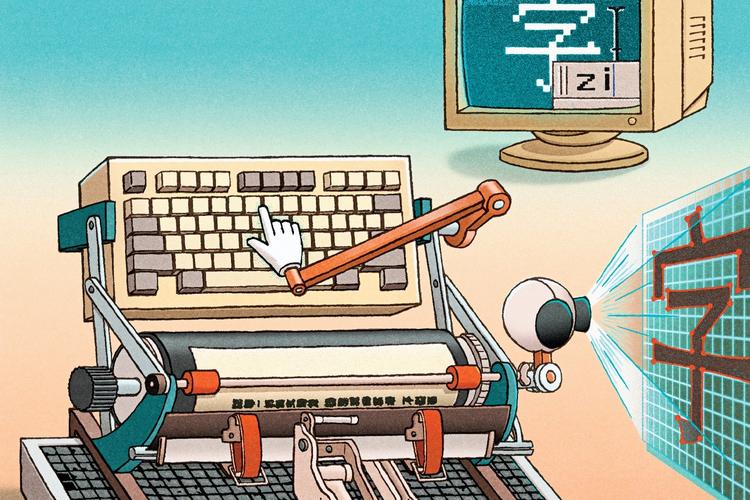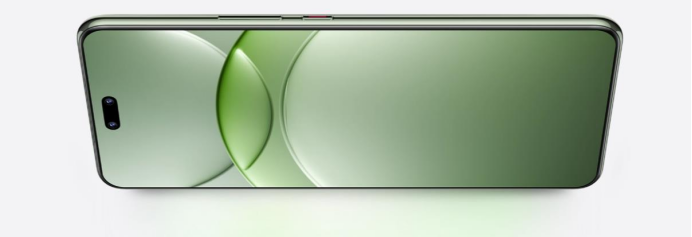The late, great sinologist Simon Leys once pointed out a peculiar paradox. China is the world’s oldest surviving civilization, and yet very little material of its past remains—far less than in Europe or India. Through the centuries, waves of revolutionary iconoclasts have tried to smash everything old; the Red Guards, in the nineteen-sixties, were following an ancient tradition. The Chinese seldom built anything for eternity, anyway, nothing like the cathedrals of Europe. And what survived from the past was often treated with neglect.
So what accounts for the longevity of Chinese civilization? Leys believed it was the written word, the richness of a language employing characters, partly ideographic, that have hardly changed over two thousand years. As Jing Tsu, a scholar of Chinese at Yale, observes in “Kingdom of Characters: The Language Revolution That Made China Modern” (Riverhead), China had long equated writing “with authority, a symbol of reverence for the past and a talisman of legitimacy.” This is why mastery of classical Chinese used to be so important. To become an official in imperial China, one had to compose precise scholarly essays on Confucian philosophy, an arduous task that very few could complete. Even Chairman Mao, who incited his followers to destroy every vestige of tradition, proudly displayed his prowess as a calligrapher, establishing himself as the bearer of Chinese civilization.
Leys was right about the continuity of the Chinese written word. But zealots, intent on erasing old incarnations of Chinese civilization in order to make way for new ones, have often targeted the written language, too. One of Mao’s models was the first Qin emperor (259-210 B.C.), a much reviled despot who ordered the construction of the Great Wall and was perhaps the first major book burner in history. He wanted to destroy all the Confucian classics, and supposedly buried Confucian scholars alive. Mao’s only criticism of his hated predecessor was that he had not been radical enough. It was under the Qin emperor that the Chinese script was standardized.
But, if the endurance of written Chinese is a civilizational achievement, it has not always been seen as an asset. In the late nineteenth and early twentieth centuries, many Chinese worried that the complexity of the language’s written characters would put China at a hopeless disadvantage in a world dominated by the Roman alphabet. How the Chinese language and its writing system have weathered the modern waves of iconoclasm and been renewed since the turn of the past century is the subject of Tsu’s book.

Chinese certainly presents unique difficulties. To be literate in the language, a person must be able to read and write at least three thousand characters. To enjoy a serious book, a reader must know several thousand more. Learning to write is a feat of memory and graphic skill: a Chinese character is composed of strokes, to be made in a particular sequence, following the movements of a brush, and quite a few characters involve eighteen or more strokes.
Tsu begins her story in the late nineteenth century, when China was deep in crisis. After bloody uprisings, humiliating defeats in the Opium Wars, and forced concessions—predatory foreign powers were grabbing what spoils they could from a poor, exhausted, divided continent—the last imperial dynasty was falling apart. Chinese intellectuals, influenced by then fashionable social-Darwinist ideas, saw China’s crisis in existential terms. Could the Chinese language, with its difficult writing system, survive? Would Chinese civilization itself survive? The two questions were, of course, inextricably linked.
In this cultural panic, many intellectuals were ashamed of the poverty and the illiteracy of the rural population, and of the weakness of a decadent and hidebound imperial élite. They hoped for a complete overhaul of Chinese tradition. Qing-dynasty rule was brought to an end in 1911, but reformers sought to cleanse imperial culture itself. The authority of a tradition based on various schools of Confucian philosophy had to be smashed before China could rise in the modern world. The classical style of the language, elliptical and complex, was practiced by only a small number of highly educated people, for whom it functioned rather like Latin in the Catholic Church, as a pathway to high office. Reformers saw it as an impediment both to mass literacy and to political progress. Before long, classical Chinese was supplanted by a more vernacular prose in official discourse, books, and newspapers. In fact, a more vernacular form of written Chinese, called baihua, had already been introduced, during the Ming dynasty (1368-1644). So there was a precedent for making written Chinese more accessible.
More radical modernizers hoped to do away with characters altogether and replace them with a phonetic script, either in Roman letters or in a character-derived adaptation, as had been the practice for many centuries in Japanese and Korean. A linguist, Qian Xuantong, famously argued that Confucian thought could be abolished only if Chinese characters were eradicated. “And if we wish to get rid of the average person’s childish, naive, and barbaric ways of thinking,” he went on, “the need to abolish characters becomes even greater.” Lu Xun, the most admired Chinese essayist and short-story writer of the twentieth century, offered a blunter prognosis in 1936: “If the Chinese script is not abolished, China will certainly perish!”
Many attempts have been made to transliterate Chinese in the Latin alphabet. These range from a system invented by two nineteenth-century British diplomats, Thomas Wade and Herbert Giles, to the “Pinyin” system, developed by linguists in the People’s Republic of China, which is different again from various forms of Romanization used in Taiwan.
Difficulties confront all such systems. The time-honored character-based writing system can readily accommodate different modes of pronunciation, even mutually unintelligible dialects. Chinese has a great many homonyms, which transliterations are bound to conflate. And Chinese, unlike Korean or Japanese, is a tonal language; some way of conveying tones is necessary. (Wade-Giles uses superscript numerals; a system developed by the linguist and inventor Lin Yutang uses spelling conventions; Pinyin uses diacritical marks.) The different efforts at Romanization, accordingly, yield very different results. The word for strength, say, is ch’iang2 in Wade-Giles, chyang in Lin’s script, and qiáng in Pinyin.
Characters never were abolished in the Chinese-speaking world, but serious problems remained. How to make a typewriter that could accommodate all these characters? How to create a telegraph system? Tsu details how solutions were found to such technical difficulties—encoding Chinese characters in a telegraph system geared to the alphabet, for example—and to political ones as well. Which characters or Romanized transliterations should prevail? The ones adopted by the People’s Republic of China or by Hong Kong or Taiwan?




